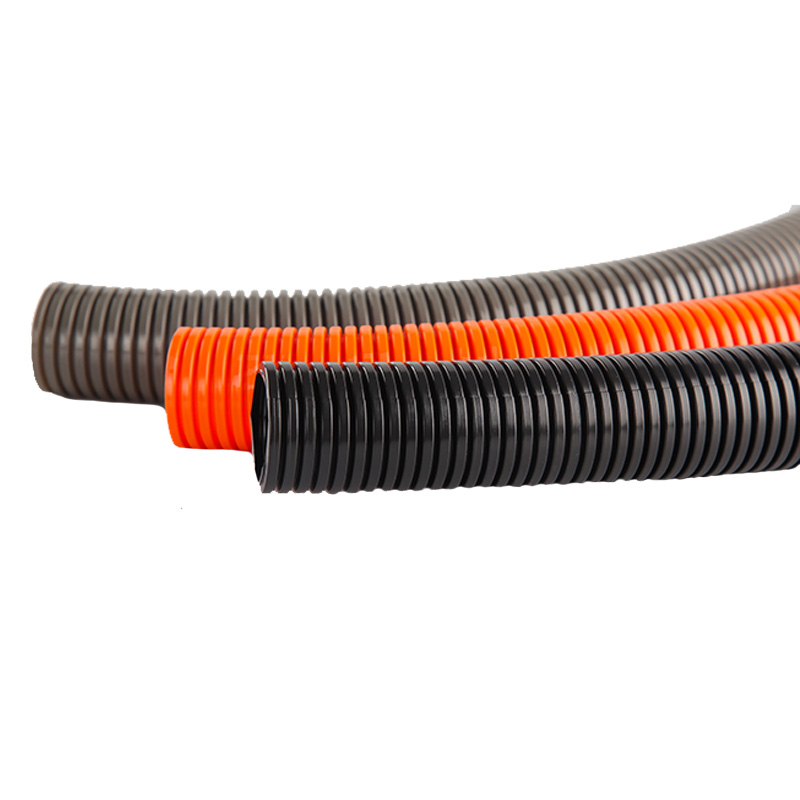
Explosion-proof Mini Junction Boxes
Explosion-proof Mini Junction Boxes
Explosion-proof mini junction boxes are used in hazardous areas, primarily
within buildings and structural frameworks, as well as for cable
direction changes. Cable conduit connections are made with
explosion-proof junction boxes, while conduit-to-ground connections use
flexible hoses. Metal hoses or flexible connections are applied as
protective tubing when the explosion-proof junction box is connected to
the local surface of thermocouples, resistance thermometers,
transmitters, etc. Elbows are commonly used at bends in explosion-proof
junction boxes. An explosion-proof junction box should be installed when
there are more than two 90° elbows or the straight conduit length
exceeds 30m.
Quotation
Execution
Ex eb C T6 Gb/Ex tb mC T80℃ Db
IP Grade
IP66 lP65
Rated voltage
380V
Rated current
20A
-Widely used in hazardous environments such as oil exploration, refining, chemical industry, and military industries for the connection of lighting, power, and control circuits.
-Suitable for Zone 1 and Zone 2 explosive gas environments.
-Suitable for Zone 21 and Zone 22 combustible dust environments.
-Suitable for explosive gas environments of IA, IIB, and IC classes.
-Suitable for temperature groups T1-T6.
-Compliance with standards: GB/T3836.1, GB/T 3836.2, GB/T3836.3, GB/T3836.31, IEC 60079-0, IEC6O079-1, IEC 60079-7, IEC 60079-31, EN 60079-0, EN 60079-1, EN 60079-7, EN 60079-31.
-Thread specifications: G1/2", G3/4", G1", G11/4", G2", NPT1/2", NPT3/4", NPT1", NPT11/4", NPT112”, NPT2", M20×1.5, M25×1.5, M32×1.5, M40×1.5, M50×1.5, M63×1.5.
Product Features:
-Cast aluminum alloy or cast steel (only for IIC) housing with high-voltage electrostatic spraying on the surface.
-Various methods and specifications for inlet and outlet ports.
-Stainless steel exposed fasteners.
-Customizable thread forms for inlet and outlet ports, such as metric threads and NPT threads.
-Suitable for steel pipe wiring (please specify for cable wiring).
-Explosion-proof lighting fixtures can be directly suspended through steel pipe wiring using junction boxes with lifting covers.
Explosion-proof junction boxes are used in hazardous areas, primarily within buildings and structural frameworks, as well as for cable direction changes. Cable conduit connections are made with explosion-proof junction boxes, while conduit-to-ground connections use flexible hoses. Metal hoses or flexible connections are applied as protective tubing when the explosion-proof junction box is connected to the local surface of thermocouples, resistance thermometers, transmitters, etc. Elbows are commonly used at bends in explosion-proof junction boxes. An explosion-proof junction box should be installed when there are more than two 90° elbows or the straight conduit length exceeds 30m.





